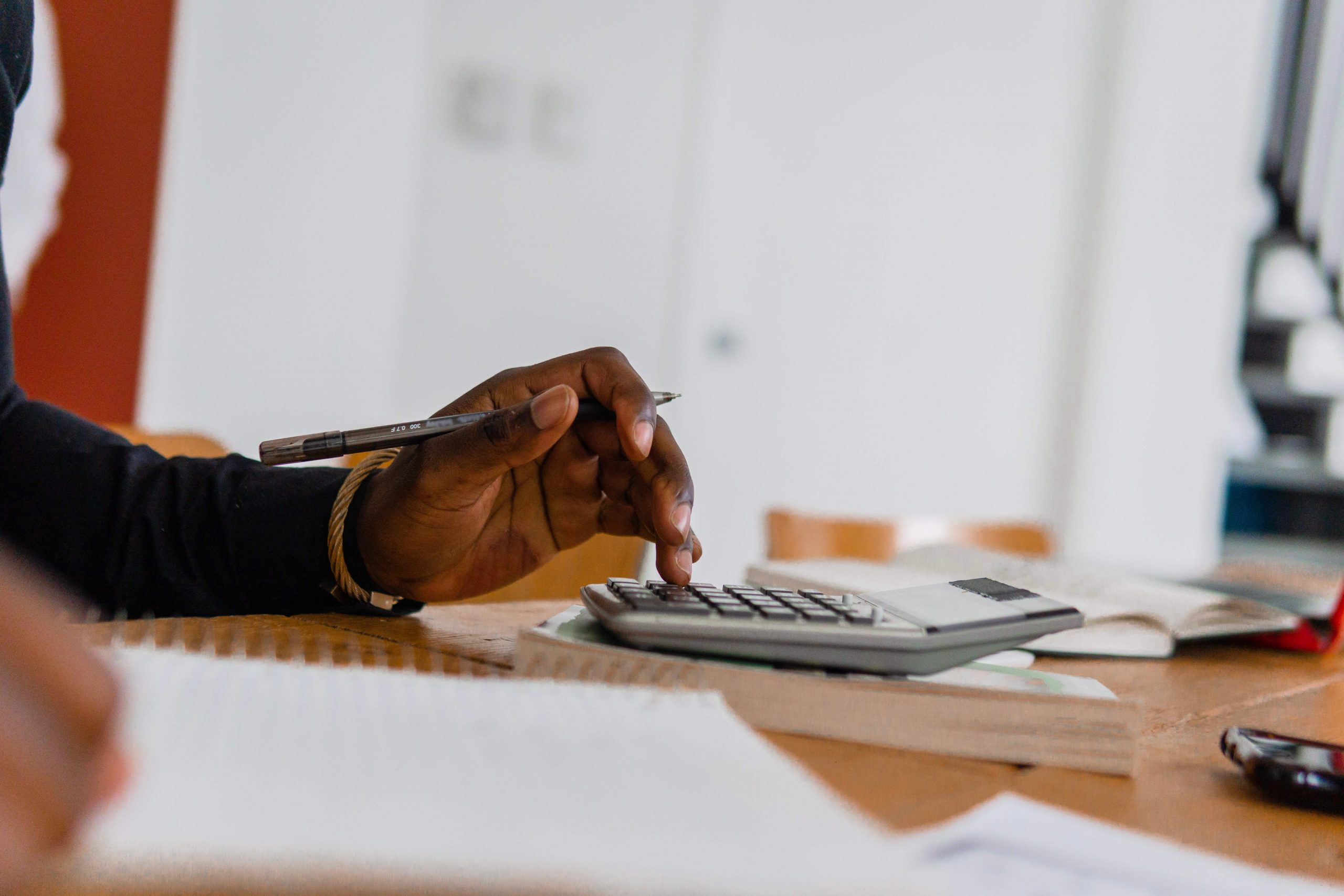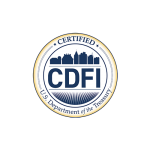Balancing Your Electronic Checkbook
Do you remember when receiving paper statements from your bank was considered the normal way of banking? Now, mobile banking and paperless transactions have taken precedence over traditional banking. Still, even in the digital age of paperless statements and mobile check cashing, balancing your checkbook hasn’t lost its usefulness. In fact, balancing your checkbook is still a necessary part of maintaining your checking account. Here’s what you need to know about balancing your checkbook online in the electronic banking era. Read on.
Why Should I Balance My Checkbook?
These days, your transaction information, account balances, and payment history are all available at the click of a button––or app! It’s still a good idea to maintain a record of your financial records and regularly balance that record.
There are several reasons for keeping an account record and balancing it regularly:
- Sometimes––though rarely––banks make mistakes! Regularly keeping your checkbook balanced is a great way to avoid discrepancies with your bank.
- Having your checkbook regularly balanced can ensure that you are never caught without funds when a check gets cleared.
- You can catch merchant errors more quickly if you reconcile your checkbook regularly.
- Keeping a record of your banking transactions can help you stay on top of your spending habits!
Balancing Your Checkbook: How to Get Started
Back in the olden days––we say that lightly––you would balance your checkbook at a specific time each month. With your bank statement in hand, you would compare your monthly transactions in your paper checkbook with those shown in your bank statement. Here’s how to get started:
- Find the “current available balance” in your checking account. This information can be found on either your bank’s website or through its mobile app. You’ll need to record this number in the top spot you use to log your transactions.
- Record any pending transactions you have on the way that haven’t been cleared yet. These transactions include debits and credits, as well as any checks you may have written that have not yet been cashed out. Write down the date of the transaction and a brief description.
- For each debit, subtract the amount of the transaction from your balance. For each credit, add the amount. Continue doing this until you have recorded all of your transactions.
- As you continue to make transactions, record them in your check register so that you have a running tally of your debits, credits, and total balance.
- Once every two weeks, log on to view your bank account and compare your online account’s balance to that which you have recorded in your checkbook. If they match, then congratulations, you have a balanced checkbook!
Though balancing your checkbook in a rapidly growing digital age seems futile, it’s actually very important for your financial health! It’s a great way to keep track of your money in motion.
For more personal finance tips, visit Metro Community Development’s Personal Finance blog archives!






